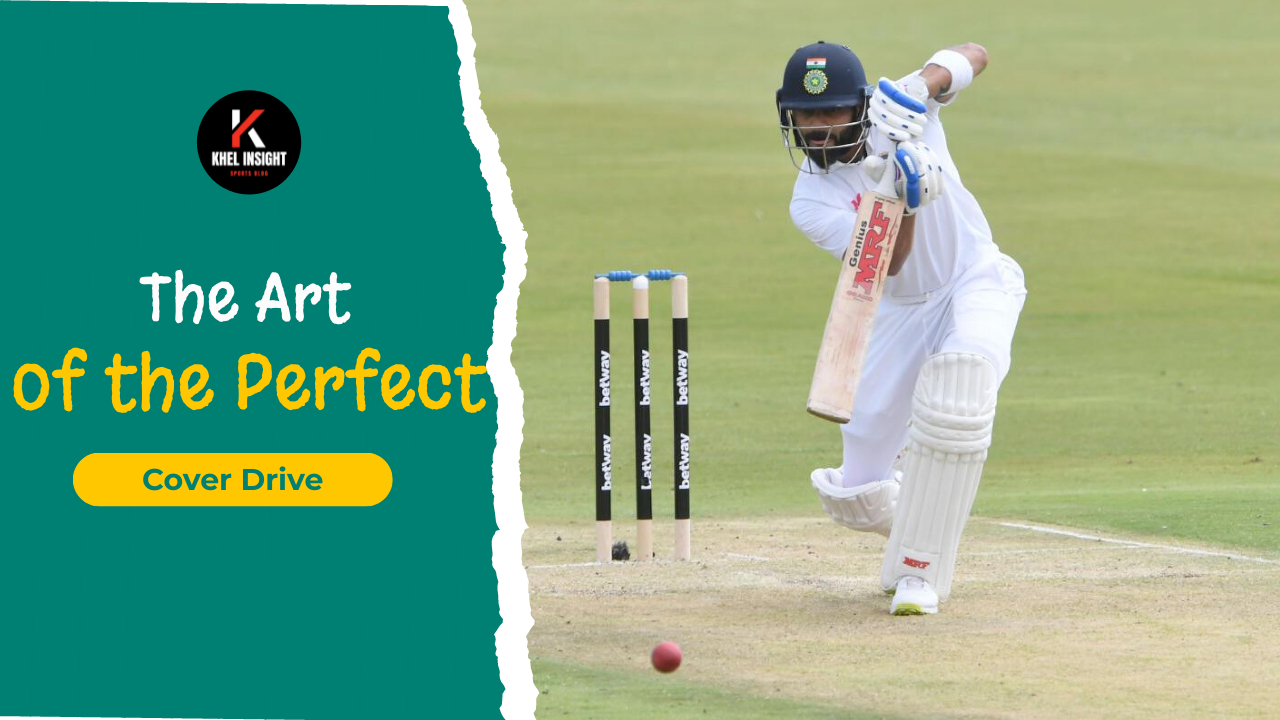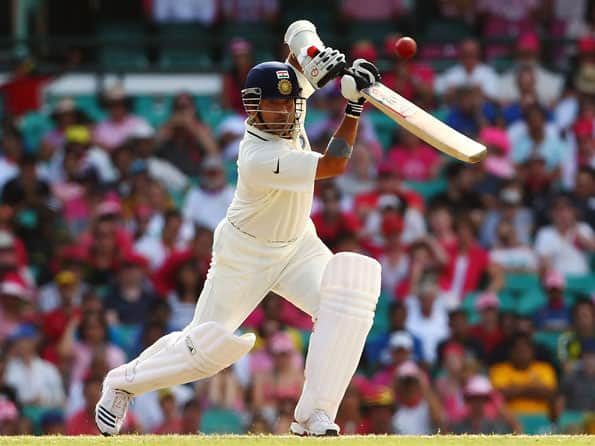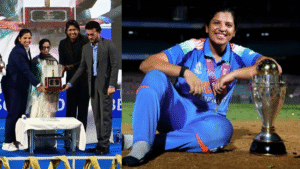

The Art & Science of the Perfect Cover Drive
The Art & Science of the Perfect Cover Drive
Few sights in cricket rival the perfect cover drive. It’s a symphony of elegance and power, a moment where the batsman appears in complete harmony with the ball, sending it skimming across the turf to the boundary rope. Revered as the pinnacle of cricket batting shots, it embodies both breathtaking artistry and meticulous biomechanical precision. But what transforms this stroke from hopeful swing into cricketing poetry? Let’s dissect the cover drive technique, revealing the secrets behind its mastery.
Why the Cover Drive is Cricket’s Crown Jewel (Focus on the Art)
The cover drive isn’t just effective; it’s iconic. Its beauty lies in its fluidity – the balanced stance, the graceful stride forward, the high elbow guiding the bat in a flowing arc, and the satisfying ‘crack’ as leather meets willow. Think Sachin Tendulkar‘s effortless timing, Alastair Cook’s metronomic precision, or Joe Root’s wristy flourish.

These masters elevated the stroke, making it a signature of elegant batting and a symbol of dominance. Playing a textbook cover drive injects immense confidence, demoralizes bowlers, and announces a batter’s command. It’s the shot every kid practices in their backyard, dreaming of emulating their heroes.
Deconstructing the Shot: The Science of the Perfect Cover Drive
Beneath its graceful exterior lies a foundation of precise mechanics. Mastering the cover drive requires understanding the science behind cover drive execution:
- The Foundation: Stance & Initial Movement: A balanced, side-on stance is crucial. As the bowler delivers, your head stays still, eyes level. Judge the line and length early – the perfect cover drive is typically played to a ball pitched just outside off stump, full enough to drive.
- Footwork is King: This is non-negotiable. The cover drive footwork involves a decisive, controlled stride towards the pitch of the ball with your front foot. Your head must move forward with your foot, staying over or slightly in front of your front knee. This weight transfer is the engine room of power and balance.
- The Crucial Grip: Your batting grip for cover drive execution is vital. A conventional grip (hands close together, ‘V’s formed by thumb and forefinger pointing down the back of the handle) allows control. The top hand provides guidance and stability, while the bottom hand generates the power through the swing. Keep the grip relaxed until impact.
- The Swing & Impact: Initiate the downswing with your hands close to your body. The bat should come down in a straight line, the face opening slightly as you aim towards the cover region. The high elbow position of the top arm is critical – it ensures the bat comes down straight and under control, preventing slices or mistimed shots. Aim to meet the ball just under your eyes, with the full face of the bat. This is the heart of the cover drive technique.
- Weight Transfer & Follow-Through: Power comes from transferring your weight decisively onto the front foot during the stride and swing. After impact, the bat continues its fluid path, finishing high over the front shoulder, with your body balanced and eyes still fixed on the point of contact. This full follow-through ensures control and direction.
Avoiding the Pitfalls: Common Cover Drive Mistakes
Even seasoned players falter. Be vigilant against these common cover drive mistakes:
- Poor Footwork: Lunging instead of striding, or not moving your feet at all (“planted front foot”). This leads to imbalance and reaching for the ball.
- Head Falling Away: Moving your head sideways or backwards instead of forward with the stride. This disrupts balance and makes timing impossible.
- Low Elbow: Allowing the top elbow to drop during the swing. This closes the bat face early, leading to shots dragged to mid-on or inside edges.
- Hard Hands: Gripping the bat too tightly and trying to “muscle” the ball. Perfect cover drive relies on timing and flow, not brute force. Relax!
- Playing the Wrong Line: Attempting the cover drive to balls too straight (risk of LBW or bowled) or too wide (risk of edging to slips).
- Closed Bat Face: Caused by a low elbow or incorrect grip, resulting in shots hit squarer than intended.
Mastering the Movement: Cover Drive for Beginners & Practice Drills
Cover drive for beginners starts with mastering the basics. Don’t rush the process:
- Shadow Practice: Without a ball, practice the full sequence – stance, stride, swing, high elbow, follow-through. Focus on balance and fluidity.
- Tennis Ball Throwdowns: Have someone throw balls gently, underarm or slow overarm, onto a good driving length outside off. Focus purely on footwork, head position, and meeting the ball with a high elbow.
- Front Foot Drives Only: In the nets, ask bowlers to pitch it up. Commit to playing only front foot drives, focusing intensely on that decisive front foot stride and weight transfer.
- Target Practice: Place cones or markers in the cover region. Aim to hit your drives through those targets, focusing on precision rather than power.
- Video Analysis: Record yourself. Compare your stance, stride, head position, elbow height, and follow-through to elite players. It’s invaluable for spotting flaws.
Conclusion: The Symphony of Willow and Leather
The perfect cover drive remains cricket’s ultimate expression of batting artistry fused with scientific principle. It demands dedication, an understanding of the biomechanics – the precise footwork, the essential high elbow, the critical weight transfer, and impeccable timing – alongside the feel and flow that make it art. Don’t be discouraged by initial struggles. Embrace deliberate practice, focus relentlessly on your cover drive technique, and dissect your mistakes. The reward? That sublime moment when everything clicks, the ball rockets off the middle, and you experience the pure, unadulterated joy of executing cricket’s most elegant batting shot. Go forth and conquer the cover region!
Also Read: Top 5 Biggest Fights In IPL History | From Ganguly to Harbhajan Singh
Khel Insight is dedicated to providing the latest in sports news and engaging content for fans worldwide.



















3 comments